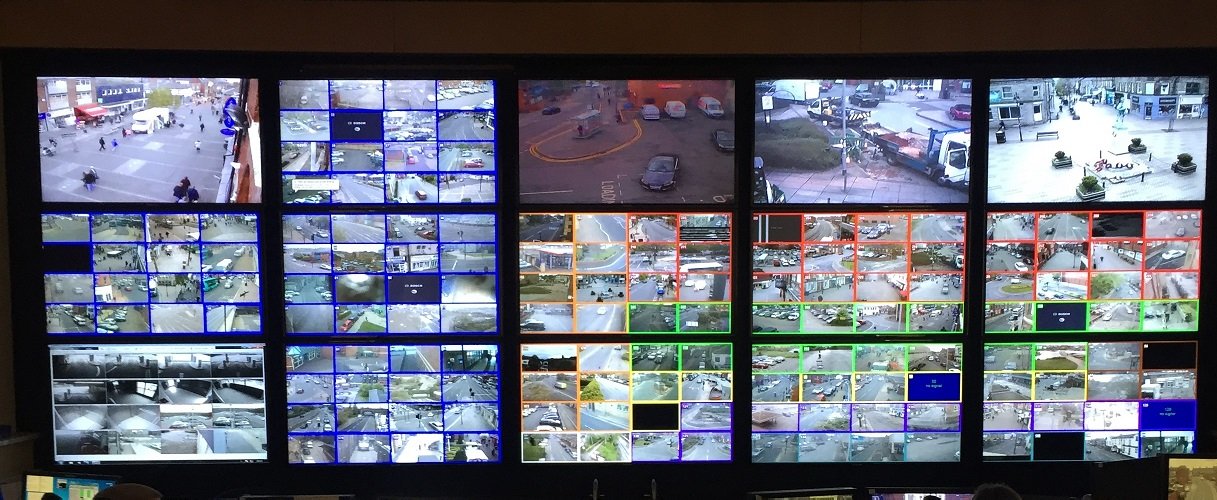A surveillance system is a collection of interconnected devices and software used for monitoring, recording, and analyzing activities and events in a specific area or environment. These systems are commonly deployed for security, safety, and operational purposes in various settings, including public spaces, commercial establishments, residential properties, and government facilities.
Key components and features of a surveillance system include:
- Cameras: Surveillance systems typically include one or more cameras strategically positioned to capture video footage of the monitored area. These cameras may be fixed in place or capable of pan-tilt-zoom (PTZ) functionality to adjust the field of view remotely.
- Video Management System (VMS): The VMS is the central software component of a surveillance system responsible for managing and recording video feeds from the cameras. It provides features such as live viewing, playback, recording scheduling, motion detection, and video analytics.
- Recording Devices: Surveillance systems utilize recording devices, such as digital video recorders (DVRs) or network video recorders (NVRs), to store video footage captured by the cameras. These devices can vary in storage capacity, scalability, and redundancy options to accommodate different surveillance needs.
- Networking Infrastructure: Surveillance cameras and recording devices are connected to a network infrastructure, which may include Ethernet cables, Wi-Fi networks, or fiber optic cables. Network connectivity enables remote access to live and recorded video feeds from authorized users.
- Power Supply: Surveillance cameras require power to operate, which can be supplied through electrical wiring, Power over Ethernet (PoE) cables, or batteries for wireless cameras. Backup power sources, such as uninterruptible power supplies (UPS), may be used to ensure continuous operation during power outages.
- Monitoring and Control Interfaces: Surveillance systems often include monitoring and control interfaces that allow operators to view live video feeds, manage camera settings, and respond to security incidents in real-time. These interfaces may be accessed through dedicated monitors, web-based applications, or mobile devices.
- Remote Access and Alerts: Many surveillance systems support remote access capabilities, allowing authorized users to monitor video feeds and receive alerts from anywhere with an internet connection. Alerts may be triggered by motion detection, tampering, or other predefined events.
- Integration with Other Systems: Surveillance systems can be integrated with other security and access control systems, such as intrusion detection systems, alarm systems, and door access control systems, to provide comprehensive security solutions.
Surveillance systems serve a variety of purposes, including:
- Security and Crime Prevention: Surveillance cameras act as a deterrent to criminal activity and provide valuable evidence for investigating incidents such as theft, vandalism, and unauthorized access.
- Safety and Risk Management: Surveillance systems help monitor public safety, identify potential hazards, and respond to emergencies in real-time, such as fires, accidents, and medical emergencies.
- Operational Efficiency: Surveillance systems are used to monitor and optimize operational processes in industrial facilities, retail stores, transportation hubs, and other commercial environments.
- Regulatory Compliance: In certain industries, surveillance systems are required to comply with regulatory standards and industry-specific regulations related to security, privacy, and data protection.
Overall, surveillance systems play a crucial role in enhancing security, safety, and operational efficiency across a wide range of industries and applications. However, it is important to implement surveillance systems responsibly and ethically to protect the privacy and rights of individuals being monitored.

